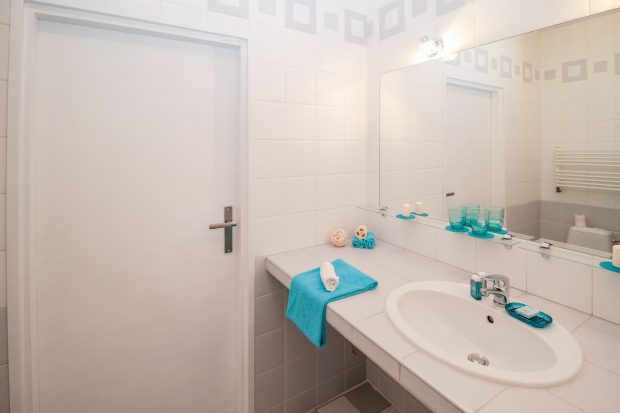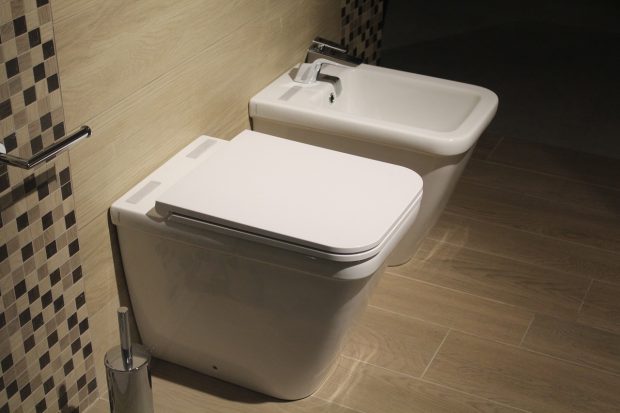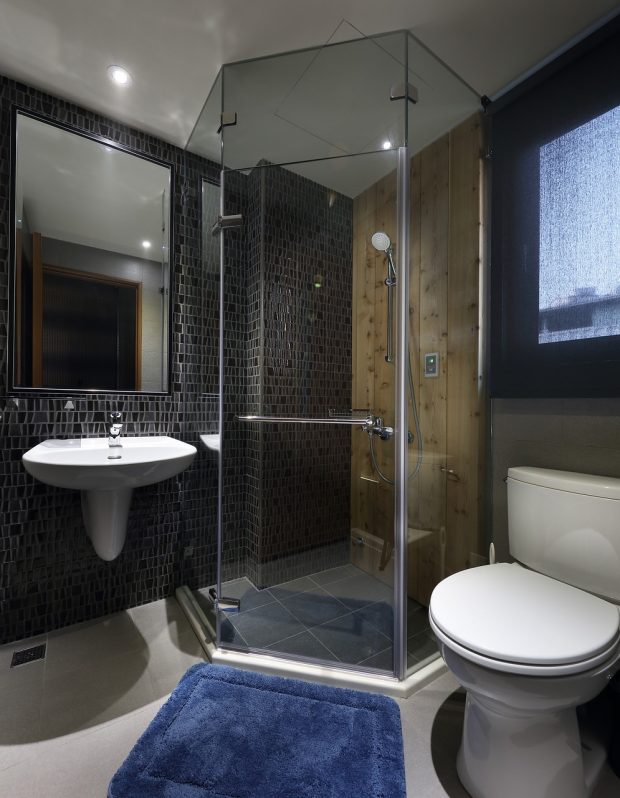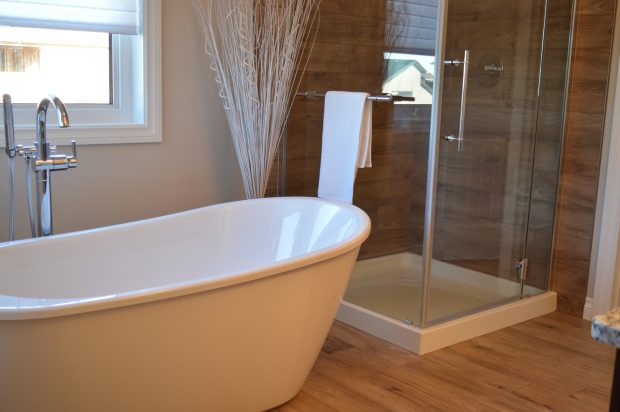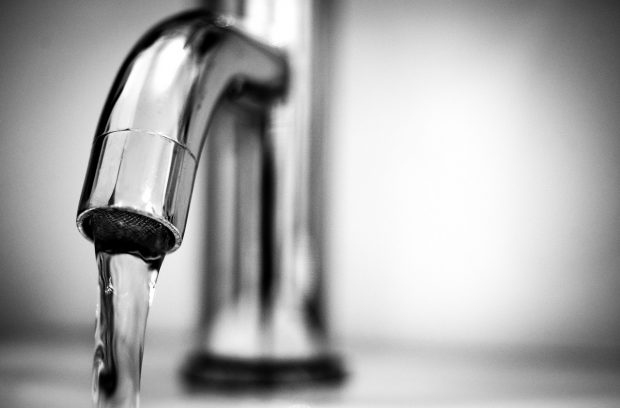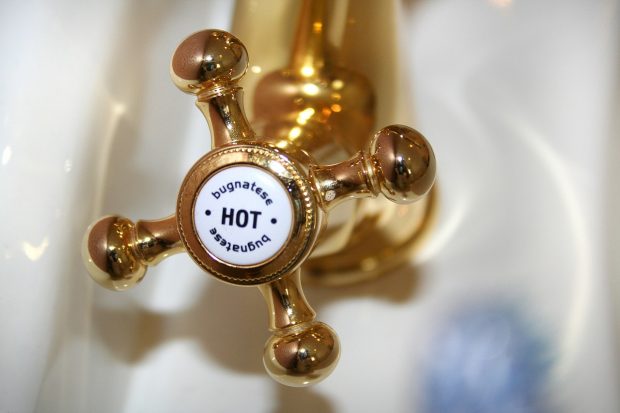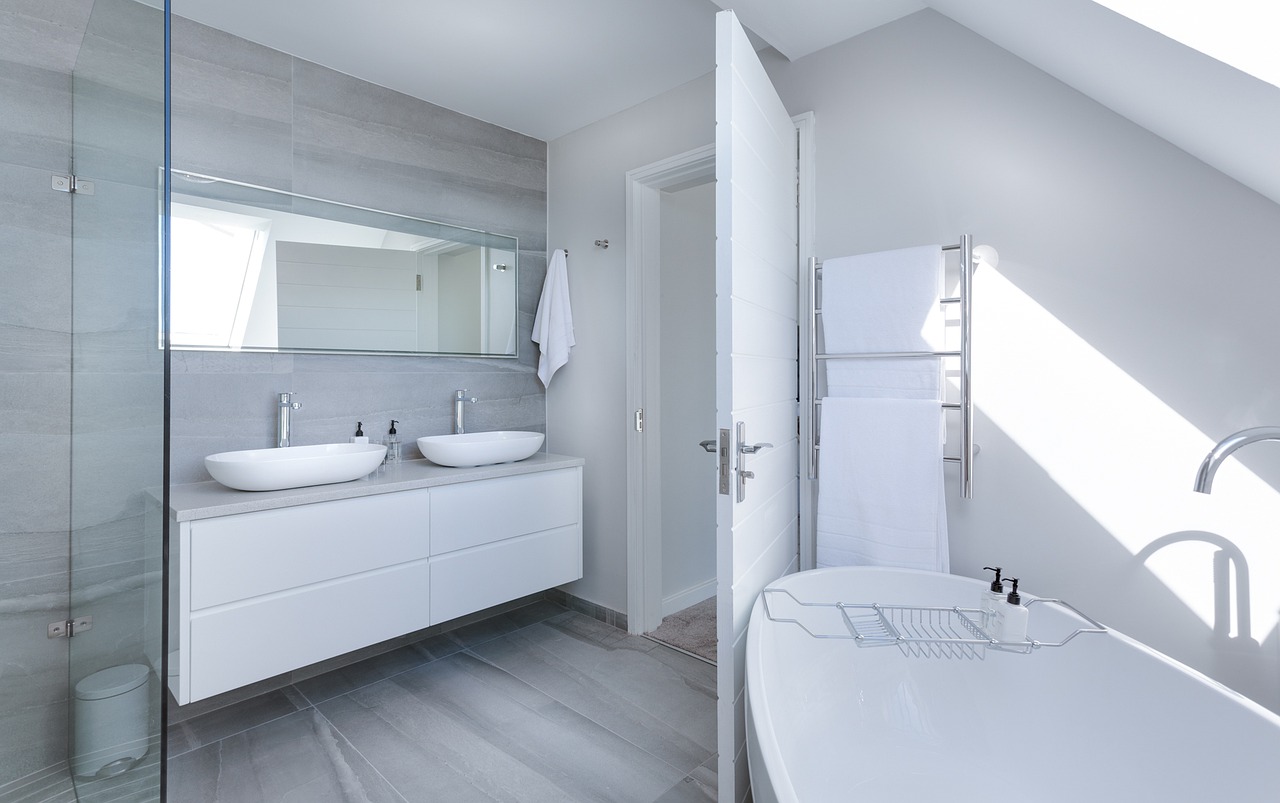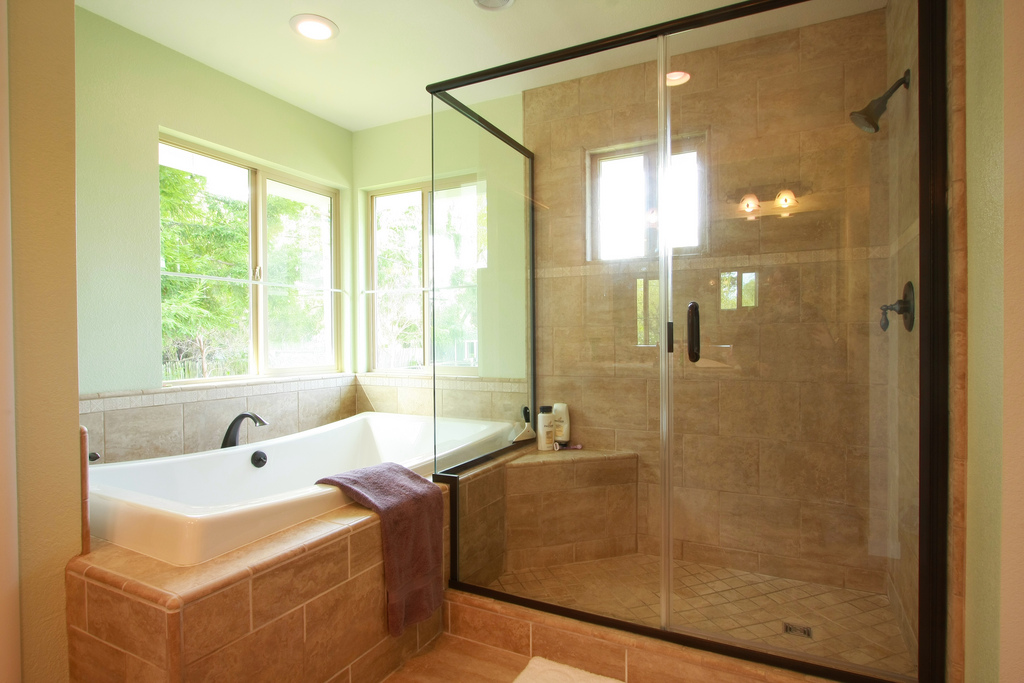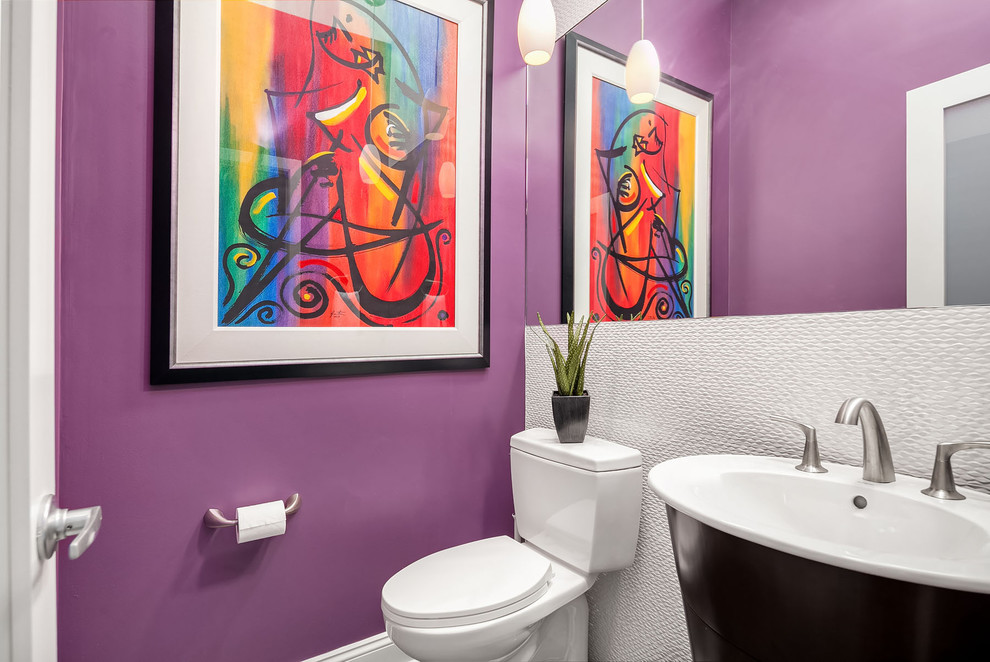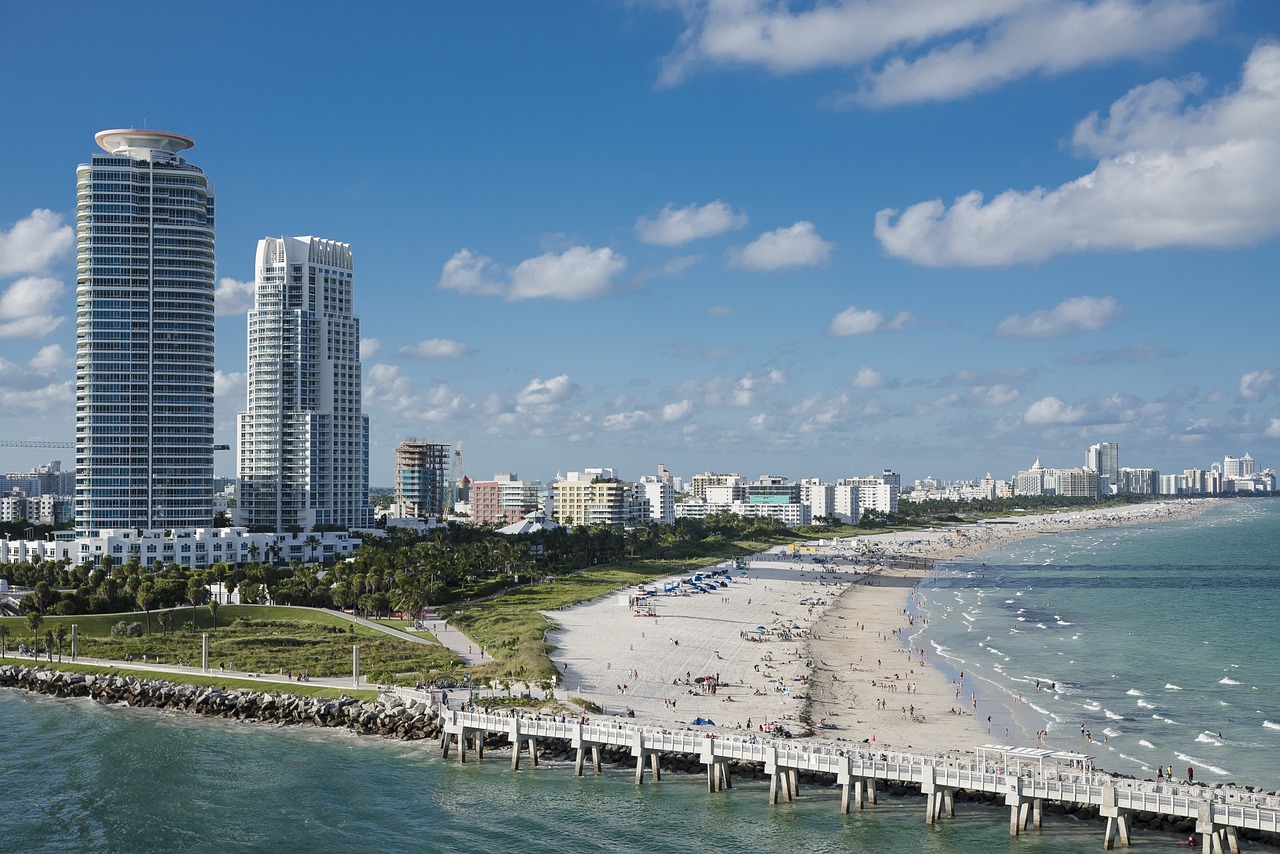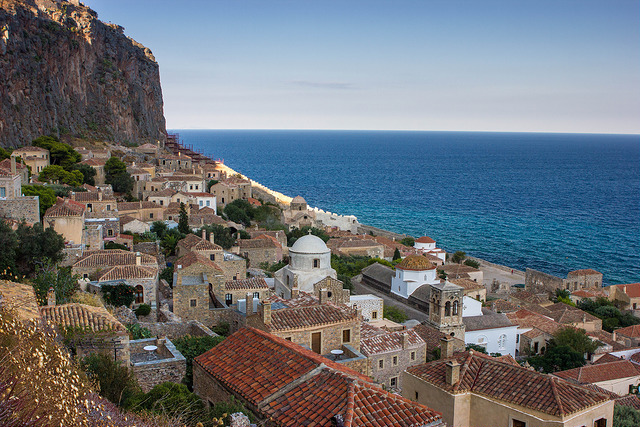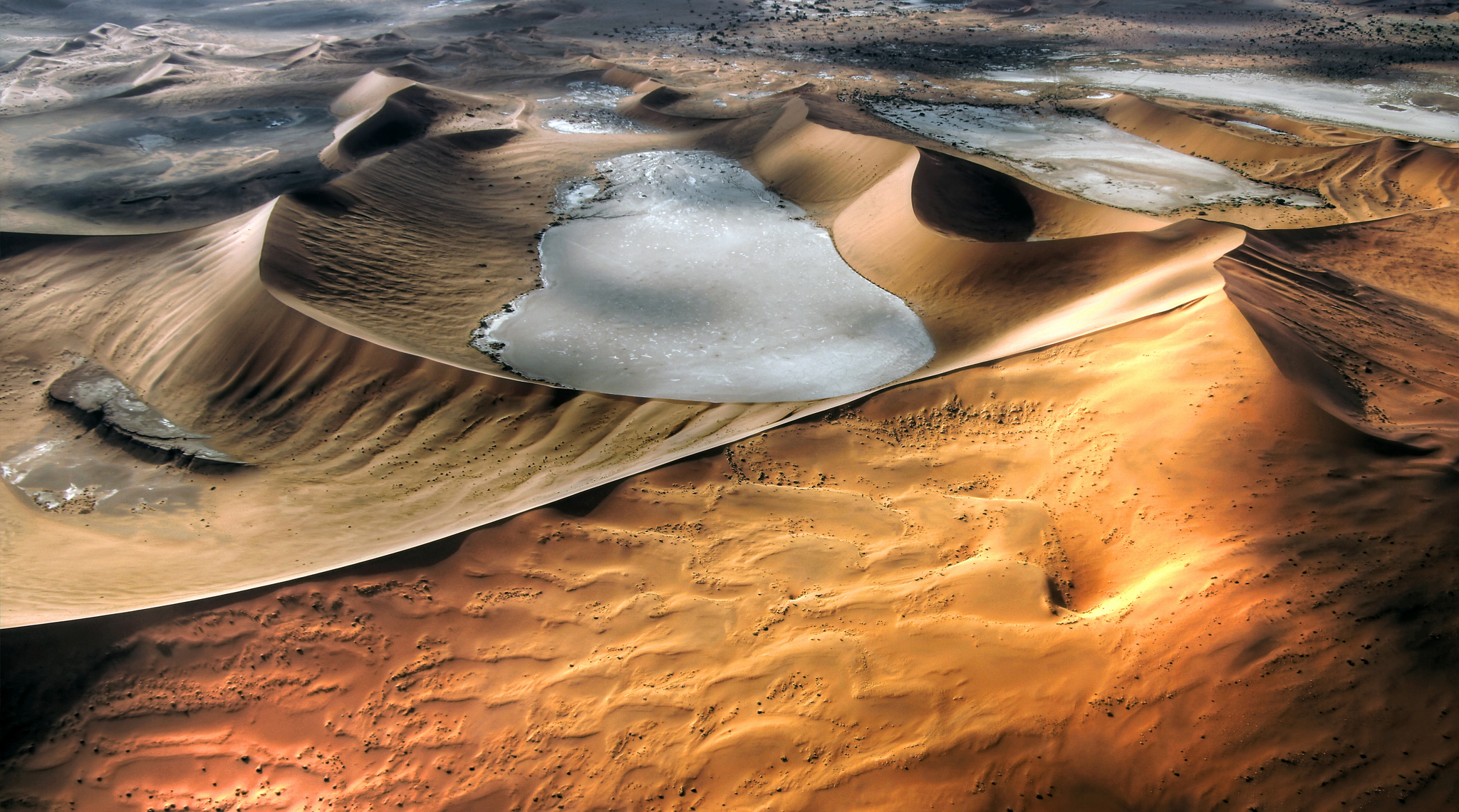5 ways to make a more energy and water efficient bathroom
The challenges inherent in living in our society have changed over the years from creating and maintaining a livable home for your family to worrying about how much damage the modern home does to the environment. Energy efficient windows and doors, proper insulation and conservation of power usage all help make our energy footprint smaller, but the bathroom often gets ignored as a starting point for conservation.
This can be unfortunate as upgrading fixtures and features in the bathroom can do more to conserve energy and lower water usage than any other part of your home. Bathroom upgrades are cost effective and, relatively, simple but they can have an impressive effect on water and energy conservation.
Toilets
Older toilets, built before 1994, use more than 13 litres of water each time they flush. Modern toilets use less than half of that. Replacing an old toilet with a modern one can lower your water usage substantially.
Since many of the parts on a modern toilet wear out relatively quickly – the primary culprit are rubber seals – making sure your toilet is free from leaks will also save water.
Showers
Low-flow shower heads got a bad rap when the first ones hit the market and were less than ideal. Modern low-flow shower heads, however, have improved water pressure and are designed to give you a good shower with a substantial savings in water.
Again, modern low-flow shower heads use less than half of the pre-1994 versions. This can equal a savings of almost 23 litres of water per minute while showering.
Bathtubs
Since bathtubs need between 115 and 230 litres of water to fill, they are looked at as water wasters, but if you take more than a 5 to 10-minute shower, you are using as much water as filling a bathtub would take.
In many homes, it would cost more to replace a bathtub with a shower stall than you would save. If you have children or pets, bathing is easier in a tub than a shower as well.
Faucets
Replacing regular faucets with aerating ones will decrease your water usage without affecting your ability to wash your hands. Aerated faucets can reduce the water flow to less than 4 litres per minute, making them a quick and inexpensive way to conserve water.
Much like toilets, faucets also have rubber washers that wear out quickly. A dripping faucet can waste a surprising amount of water but is cheaply and easily fixed.
Water heaters
Your water heater can be one of the biggest energy users in your home. Keeping that much water warm constantly is a steady drain on electricity or gas. Modern, efficient water heaters have better insulation to keep the water warm by using less power, but a tankless system might save you a considerable amount of money on your electrical bills.
Tankless water heaters are at the upper end of the do-it-yourself scale of home improvements and you will want to talk with expert plumbers, like the guys at Northern Beaches Plumber, to make sure that it is within your capabilities.
Conclusion
Whether you are interested in the environment or just saving a few dollars on your energy and water bills at home, upgrading your bathroom is a quick and efficient way to see improvements in a very short amount of time.
Talk to your plumber and see what they recommend. Working with water all day gives them a keen insight on how to make your bathroom more efficient and save you a lot of money over the long run.

